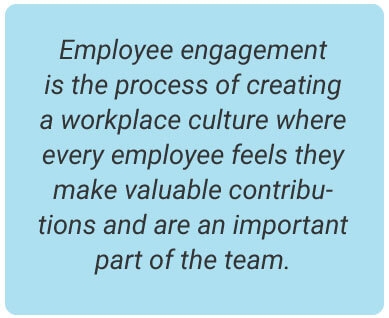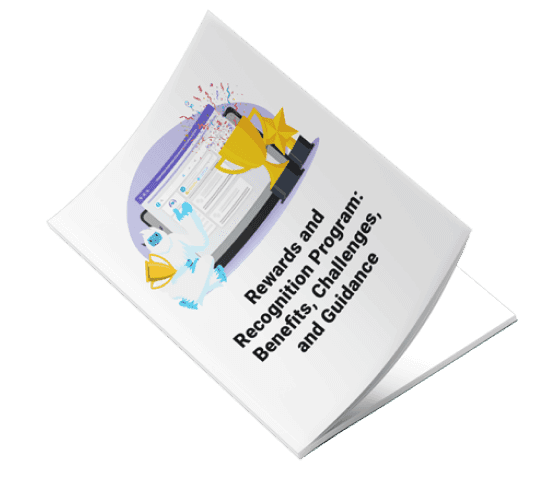
Employee Engagement — What Is It & Why Is It Important?
August 20, 2021
|
Erika Rahman
What is employee engagement?

What does employee engagement mean to an employee?
What are the different types of employee engagement?
1. Cognitive employee engagement
2. Emotional employee engagement
3. Physical employee engagement
Differences between the types of employee engagement
The benefits of employee engagement
1. Increased productivity
2. A more collaborative workplace culture
3. Recruiting top talent
4. Loyalty to the company
How to improve employee engagement
1. Build connection to the company
2. Ensure everyone gets recognition for good work
3. Be a good leader
4. Listen to your employees
Find out more about employee engagement
About the Author

Erika Rahman is the Content Marketing Specialist at Motivosity. She studied marketing and business management at Utah Valley University. Erika has a broad background, ranging from optometry to trade school administration, giving her a love and understanding for people across industries. She grew up in Northern California and Colorado, and currently calls the Utah slopes home.
Learn More
Learn More






